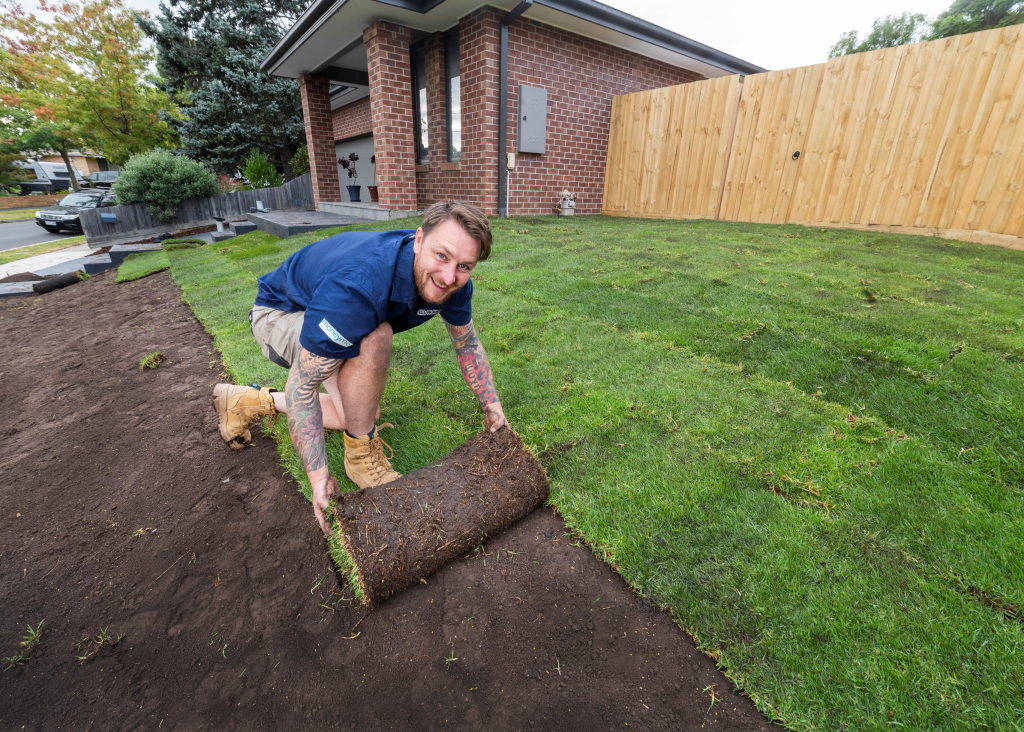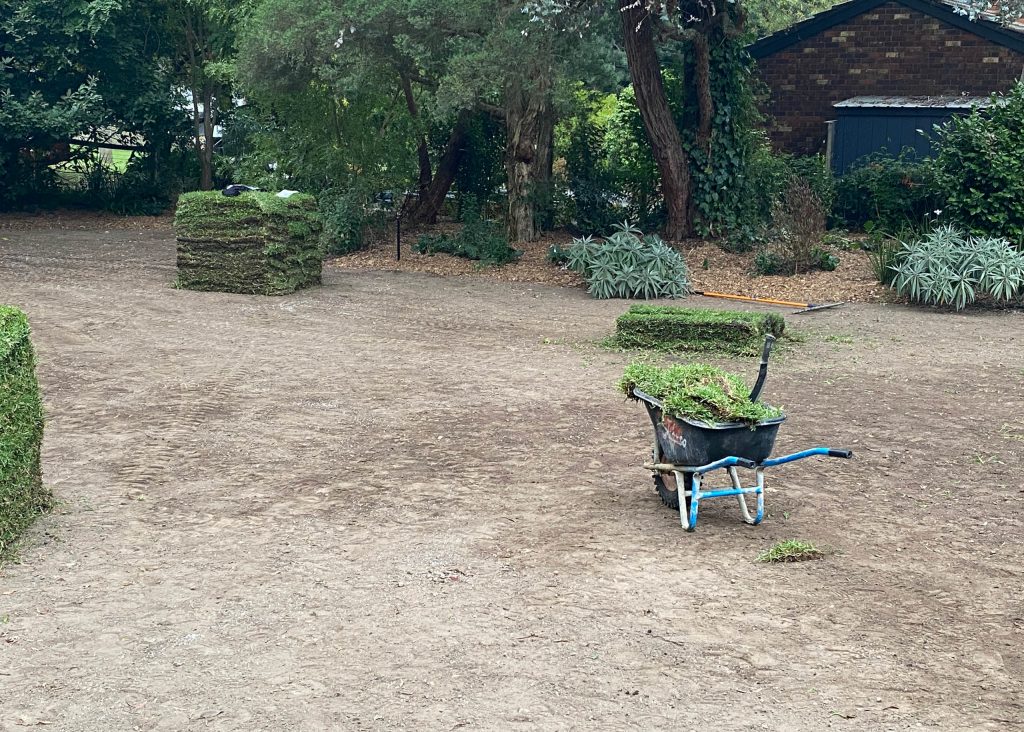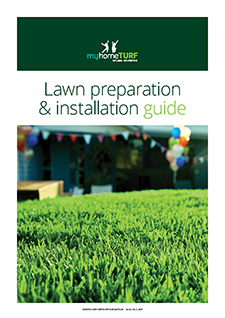7 Common Weeds in Buffalo Grass
Weeds in Buffalo lawns can quickly turn your dream lawn into a nightmare. For Australian homeowners, tackling these invasive plants is essential for preserving the beauty and ...

 It might surprise you to learn that it’s rarely too hot in Australia to lay turf.
It might surprise you to learn that it’s rarely too hot in Australia to lay turf.
Popular warm season varieties such as Buffalo, Couch, Zoysia and Kikuyu thrive in the heat.
The best time to lay new turf is spring, so your lawn is ready for enjoyment in summer, but there’s actually no reason not to lay turf when it’s hot as long as you’re able to keep watering it as much and as often as it needs.
The exception is extreme heat, above 38 degrees Celsius, or during a heatwave when both maximum and minimum temperatures are unusually high for at least three days.
The main reason gardening projects, such as laying new turf, are commonly tackled during spring is our own comfort levels. It’s a pleasant time of year to be outside – not too hot and not too cold, as Goldilocks would say. And the warming soil encourages new growth in plants and weeds which must be pruned or managed before they become too unruly.
 Regardless of what time of year you lay a new lawn, water is crucial for encouraging the grass to develop a strong root system and become fully established in its new location.
Regardless of what time of year you lay a new lawn, water is crucial for encouraging the grass to develop a strong root system and become fully established in its new location.
If you’re in an area where water restrictions are common over summer, it might be best to check with the local council first to see what the rules are and if there are any exemptions for new turf.
In its first few weeks, turf will need an intensive watering schedule – as often as five times a day during particularly hot periods.
For more information about laying turf, varieties and tips for watering in hot weather, see our article on Laying turf in summer.
There are a few extra precautions you’ll need to take if turf is to be laid in hot weather.
They are:
Most of all be realistic about how much you’ll be able to do yourself.
It’s pointless trying to save money with DIY if you can’t get through the job in time and the turf dies.
Seriously consider paying professionals to install the turf – they’ll ensure a first-class result and save you from injury if you’re unaccustomed to this sort of physical labour
.
Sign up for our Newsletter to receive your free guide.
